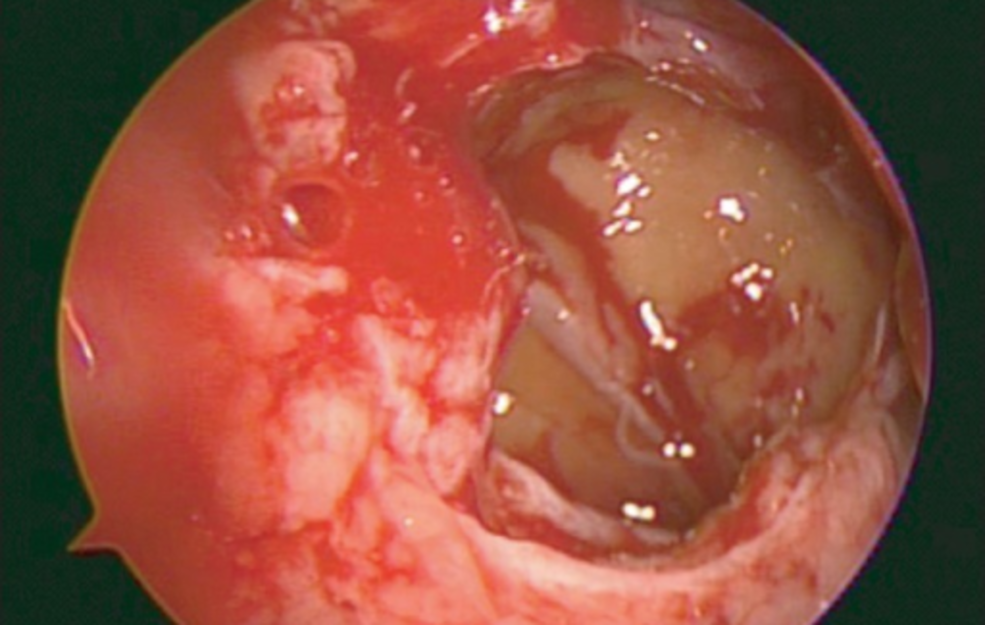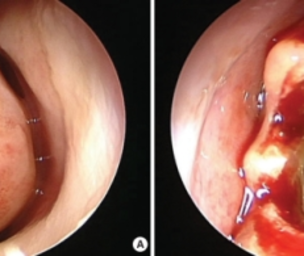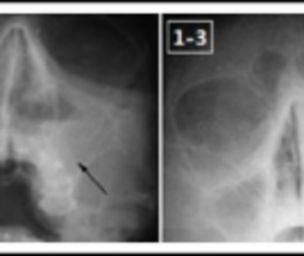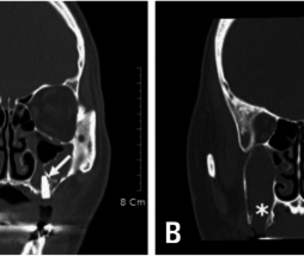What Does a Sinusitis Infection Look Like?
What Is Sinusitis?
Sinusitis is considered to be a common form of inflammation of the paranasal sinuses and the cavities that produce the mucus, which is very necessary for the passages of the nose to work accurately. Sinusitis can be either an acute or chronic condition. It is known to be caused by viruses, bacteria, fungi, allergies, or even due to an autoimmune reaction. Sinusitis is considered to be quite uncomfortable as well as painful, and it tends to go away in most cases without any need for medical intervention. However, if the symptoms last for more than seven to ten days, or if there is a fever or bad headache, the individual should visit a doctor without delay. A sinus is basically a hollow space in the body. There are various types of sinuses, but sinusitis is known to cause an impact on the paranasal sinuses, which are the spaces behind the face that lead to the nasal cavity. The paranasal sinuses have the same mucous membrane lining as the nose. They are also known to produce a slimy secretion known as mucus. This helps to keep the nasal passages moist and also traps dirt particles and germs. An occurrence of sinusitis is known to happen when the mucus builds up and the sinuses become inflamed. With sinusitis, the doctors would often refer to such cases to a rhinosinusitus, and the reason is because the inflammation of the sinuses almost always occurs along with inflammation of the nose, which is also known as rhinitis.
Symptoms
Symptoms experienced by the individual would vary based on the length and severity of the infection of the individual.
If the individual is suffering from two or more of the following symptoms along with a thick, green or yellow nasal discharge, they can be diagnosed with acute sinusitis: Pain and pressure on the facial region, blockage of the nose, nasal discharge, a reduced sense of smell, congestion in the nasal passage, and coughing.
If the matter becomes very serious or if it is an advanced case, then the below symptoms would also be present in the individual: Sudden fever, pain in the tooth, feeling tired all the time, headache, which can become consistent, and bad odor in the breath.
If these symptoms continue for a period of 12 weeks or longer, then the doctor may suspect it to be a case of chronic sinusitis.
Below are different ways to recognize the presence of a sinusitis infection in an individual:
- Headache, which can be caused just by applying a slight pressure on the partially or completely blocked sinuses. The pain also has a tendency to increase when the individual bends down.
- Feeling a tenderness on the facial region, which can also be accompanied by swelling of the facial areas over the sinus region being touched.
- Upon the mucus pressing on the sinus tissues or inflammation, there would be pressure or pain felt.
- Occurrence of fever due to inflammation of the sinus tissues as well as the infection.
- Occurrence of a cloudy, discolored nasal drainage, which is often seen in bacterial sinus infections.
- When there is an occurrence of congestion, it leads to a feeling of nasal stuffiness, and it can occur with both infectious and non-infectious sinusitis.
- Post-nasal drip is known to be caused due to mucus overproduction from sinusitis, which tends to flow to the throat and cause irritation to the throat tissue.
- Soreness in the throat is also known to be inflammation of the throat tissue caused by a post-nasal drip.
- Cough is basically a response to post-nasal drip and the body’s attempt to clear out throat tissue irritants.
- Tooth pain, which is said to be caused due to pressure on the surrounding nerves and tissues
- Ear pain is known to be caused due to pressure on the surrounding nerves and tissues
- Eye pain is known to be caused due to pressure on the surrounding nerves and tissues
- Fatigue can also occur due to fever, an immune response, and/or a constant case of coughing.
- Bad breath or a foul smell in the mouth is known to occur due to bacterial infections.
- In the noninfectious form of sinusitis, a few of the other associated allergy symptoms, such as itching eyes and sneezing, can be seen as a common occurrence, but it can also include a few of the symptoms listed previously for infectious sinusitis.
- Nasal drainage mostly is clear or whitish in color in those individuals who are suffering from noninfectious sinusitis.
- Ulceration can also occur in rare fulminant fungal infections with sharply defined edges and a black, necrotic center in the nasal area. Some fungal infections cause dark, black-appearing exudates. This requires an immediate medical evaluation.
- There can also be instances of multiple chronic infections, which occur over a period of one to three months, and the symptoms are mostly a sign of subacute or chronic sinusitis.
Treatment
If you are suffering from only a simple form of sinus infection, then, in such cases, the doctor can recommend the individual to use a decongestant along with saline nasal washes. In such instances, the individual should not use an over-the-counter decongestant for more than three days, and the reason is because it can make you feel more congested. If the doctor prescribes certain antibiotics, they would need to be taken for a period of ten to fifteen days. The symptoms are known to mostly disappear without any need for treatment. Warm, moist air is known to be helpful for those suffering from chronic sinusitis. The individual can also make use of a vaporizer, or you can inhale steam from a pan of warm water. But in such cases, one should be sure that the water isn't too hot.
There are a few other things one can do themselves to help them treat their chronic sinusitis:
- Warm compresses are known to ease pain in the nose as well as the sinuses.
- Saline nose drops are very safe to be used at home.
- There are certain over-the-counter decongestant drops and sprays which can also be of help. Avoid taking them for longer than recommended, though.
- In certain cases, the doctor can also prescribe steroids along with antibiotics.
Prevention
Below are the ways in which one can look to prevent sinusitis:
- Be sure to practice good hand hygiene, wherein, after every use of the hand for cleaning the nose or mouth, it should be washed thoroughly.
- Try to avoid smoking as much as possible and also avoid being a passive smoker, or second-hand smoker.
- Be sure that you are vaccinated on a timely basis.
- It is best to stay away from individuals who have a cold or other forms of respiratory infections.
- As much as possible, use humidifiers to moisten the air at home and also keep it clean.
- Whenever possible, try to avoid allergens.
- Try to maintain air conditioning units so as to prevent the collection of mold and dust.





















